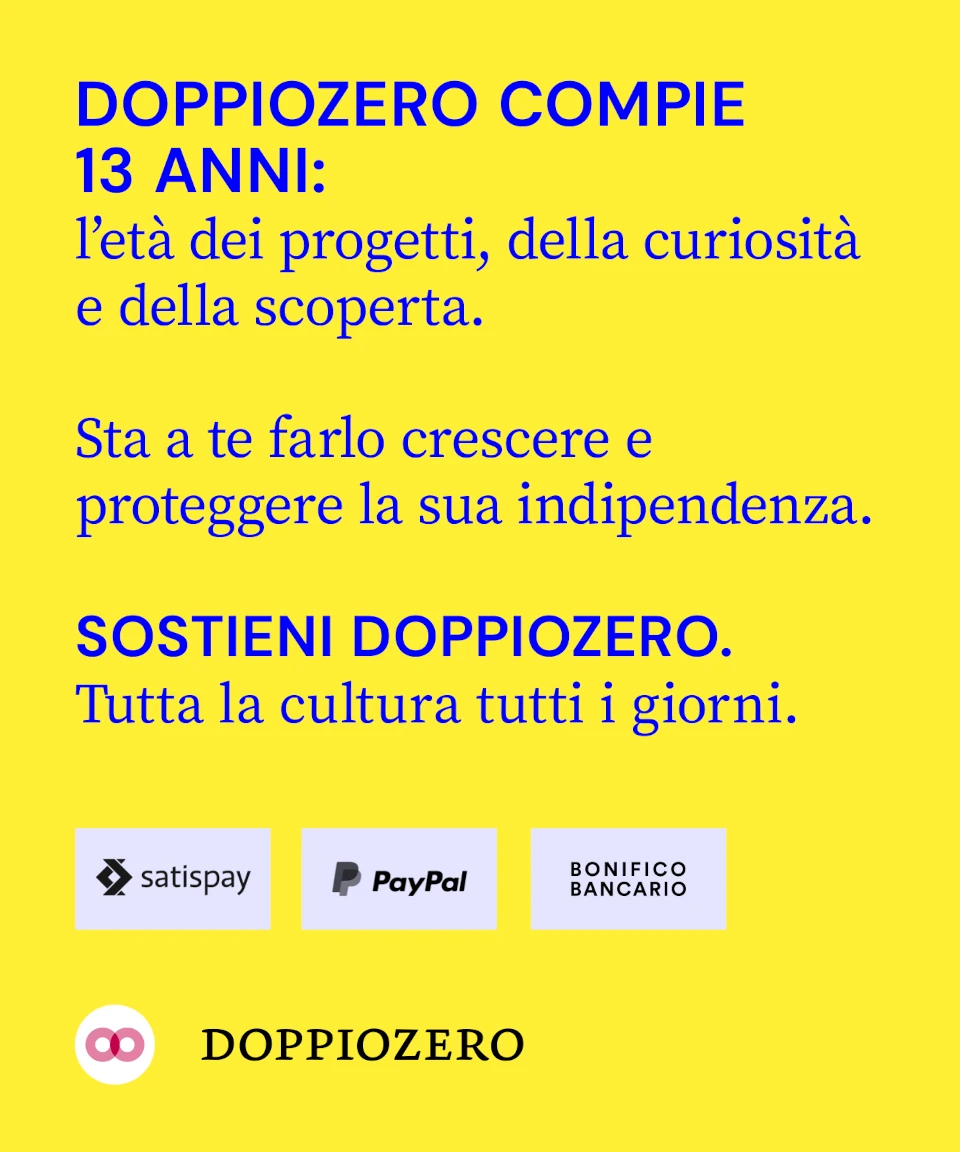Speciale
The Luck of Photography / The South Africa of Jodi Bieber. Between Darkness and Light
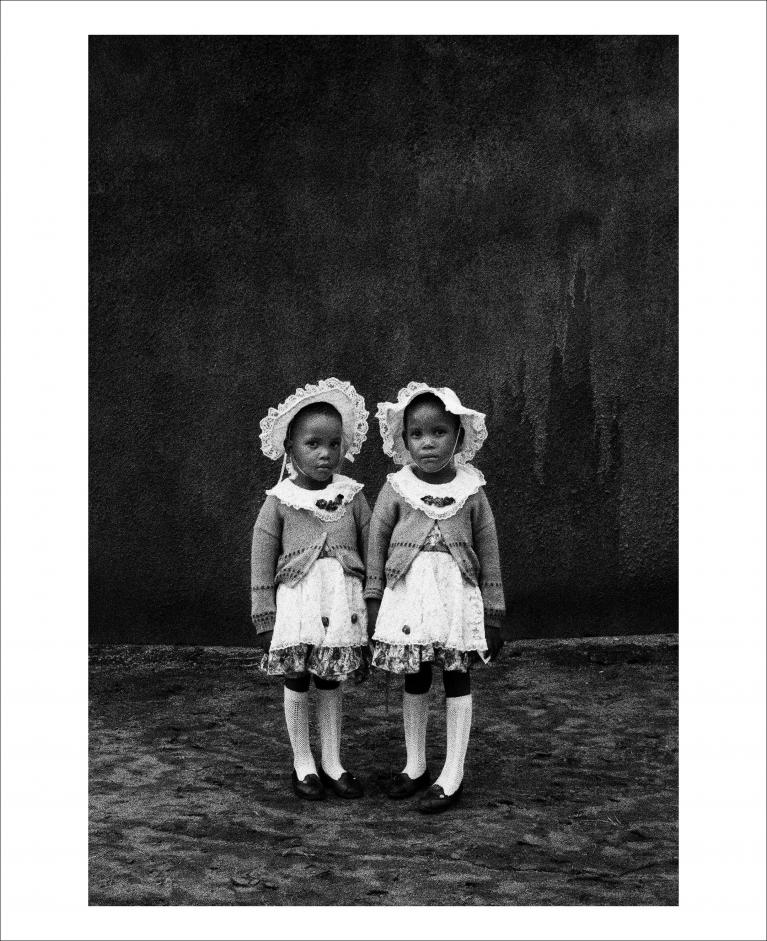
Jodi Bieber became internationally known in 2011, when her portrait of Bibi Aisha, the young Afghan woman whose ears and nose had been cut off by the Taliban, was published on the cover of Time and won the World Press Photo. “An award that actually did not get me more money or work, but which allowed me to travel, meet many people, and forced me to confront the true meaning of my projects and my activism.” In Bieber’s images, the traditional lines that separate intimacy, documentation and visual art fade and disappear. This clearly emerges from The Silence of the Ranto Twins, the photo that opens Between Darkness and Light (a solo exhibition curated by Filippo Maggia for the Carispezia Foundation, which gave me the opportunity to interview her). “I met the twins at a traditional wedding in Zeerust. Their mother told me that they did not like to talk, and I kept asking myself why,” she explains. The portraits of women condemned for killing their husbands are even better examples, as we will discuss later: they are constructed and posed purposefully, but at the same time constitute an extraordinary and precise reportage, a documentation, a cross-section of news complemented by texts and interviews.
For her, however, the point is clear. "I do not do photojournalism. I do not aspire to objectivity. I'm simply a photographer. I show what I see and what strikes me, always from my point of view.” And her point of view on South Africa has been one of the most acute, articulate and complex so far.
In the early 1990s, the apartheid regime was coming to an end. Bieber, who came from a wealthy white family, had studied marketing and worked in an advertising agency in Johannesburg. Her everyday life was far from the separated black and colored worlds, but she was always asking questions and was consumed with anxiety. She would watch the yellow buses of the policemen going around checking the passbooks of the service staff employed by bourgeois families, feeling that there was something deeply wrong. The Market Photo Workshop courses by David Goldblatt – out of which would arise some of the most successful South African contemporary photographers (Zanele Muholi and Lebohang Kganye, for example), and which today are recognized as a point of reference for avant-garde visual education – were initially held in an old post office. She attended one of the workshops part-time for eight weeks. "Finding photography was my great fortune. It gave me the opportunity to change my life, to explore my country in a particular phase of its transformation, confronting me with its darkness and light.” In 1994, during the first democratic elections, she found herself covering the event for The Star newspaper, traveling far and wide. Seeing with her own eyes, hearing with her own ears, was a priceless privilege.
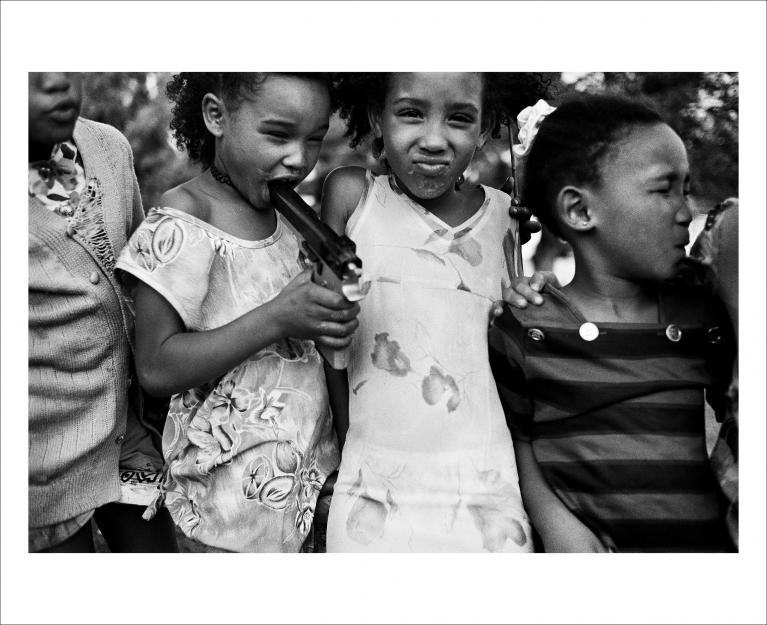
Between Darkness and Light is Bieber's first solo show in Italy, containing selected works from her very first years of "discovery" through 2010. The images are taken from four distinct series. The first is Between Dogs and Wolves: Growing up with South Africa (1994-2003), referring to harsh situations, which are always portrayed in black and white. Here we meet not only the silent Ranto twins with their embroidered bonnets and sad eyes opened wide on the world, but also children with guns and adolescent prostitutes, poor whites forced definitively into a corner at the end of apartheid. We meet lives lived on the fringes, where it is always impossible to distinguish, in the semi-darkness, the dogs from the wolves. Bieber recounts that while working on this series, she asked the founder of a charity working against child abuse to help her approach street kids. The man was kind and cooperative. During one encounter, one of the boys stole his wallet, but he did not lose his temper and continued to show compassion. Taking him back to his home by car, she thanked him, telling him that he was a good person. A few days later she saw him on the front pages of the newspapers: he was Moses Sithole, a serial killer of at least 38 women. Not only is it difficult to distinguish dogs from wolves, but it is possible to be both dog and wolf at the same time.
The second is Going Home: Illegality & Repatriation. South Africa/Mozambique (2000). Still in black and white, it is one of the first works focused on the suffering inflicted on illegal immigrants in the Rainbow Nation and on the cruel violence of their repatriations. A few years later, following sensational events and urban battles, the theme would reach mainstream European media, but in 2000 the xenophobia that was spreading throughout the entire South African society (and that, incidentally, brings to mind much of what we are experiencing now also in Italy) was still far from being addressed.
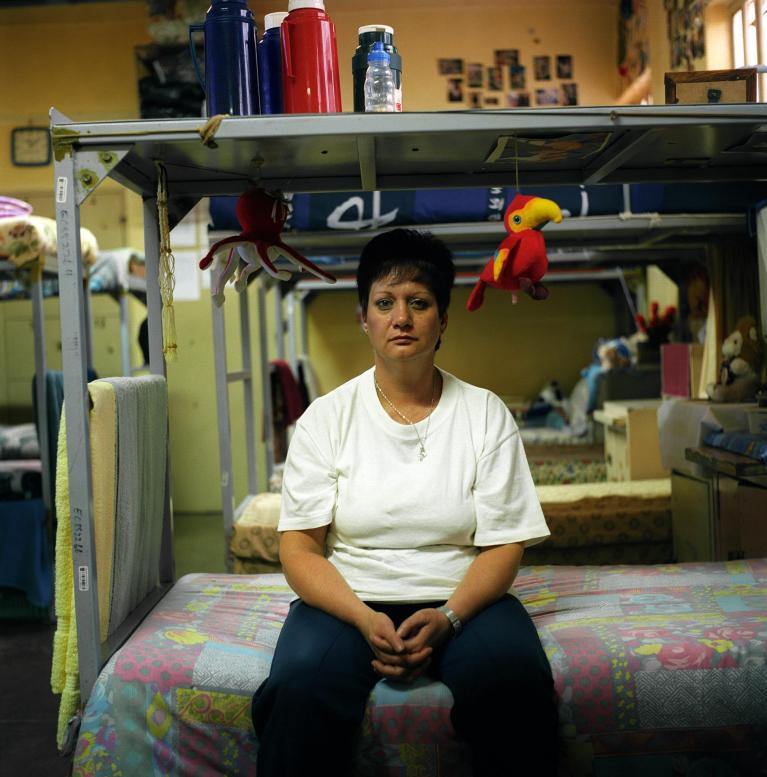
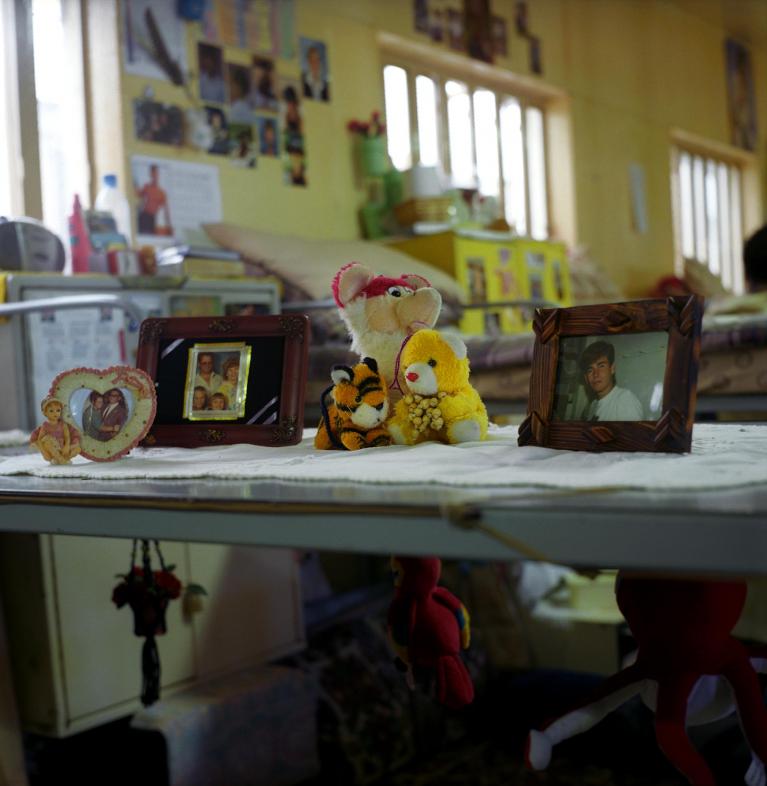
With Women who have murdered their husbands (2005), Bieber moves to color and takes us to the Johannesburg prison, in the wing that houses women accused or convicted of killing their boyfriend or husband. "Getting permission to enter the prison and meet and photograph women who had voiced their willingness was difficult. Permission arrived while I was involved in another job, and was limited to only one day." To optimize the time there and make the most of it, she decided to use a fixed format: the woman portrayed on the bed, the only private space left to a prisoner, a detail of her corner and story.

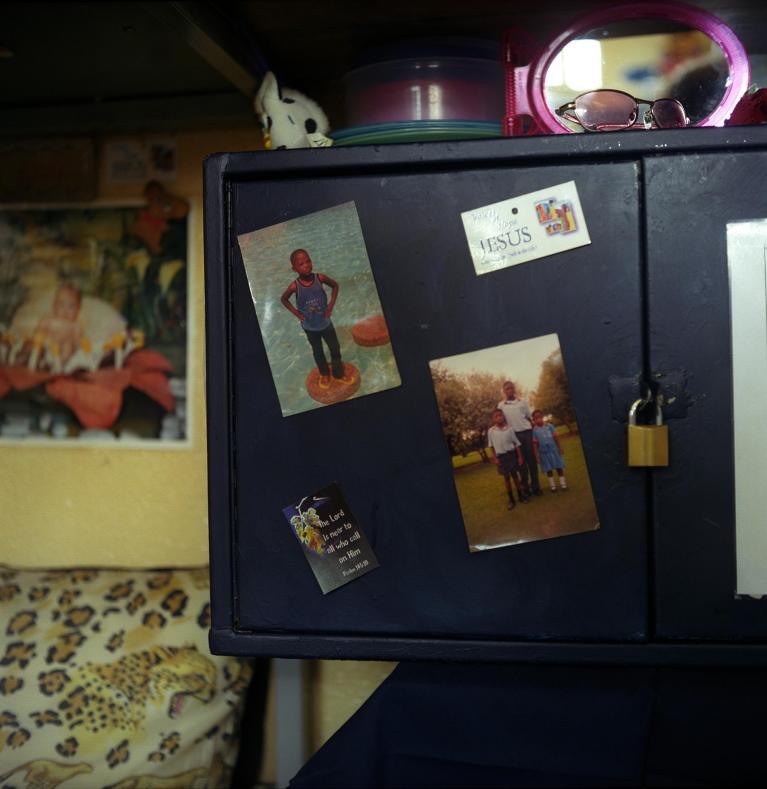
The murders had sometimes been accidental. Other times they were planned or even commissioned to others. However, all had occurred in relationships marked by terrible violence and abuse. All the women asked for amnesty. Until now, says Bieber, the project has not been given the amount of exposure it deserves. This is why she is particularly happy to have been able to include it in this exhibition. After 12 years however, despite several attempts, she has not been able to find out anything about the fate of those women.
The last series is Soweto (2009-2010), also in color. It is a project aimed at showing the vitality and richness, both human and creative, of the best-known South African township. From afternoons in the pool to outfits for graduation parties and weddings; from street art to the daily life of a sangoma (traditional healer); from bourgeois houses to tin houses alike. An amazing city, full of pain and grace. "Soweto is like Hollywood to me," wrote Sibongile Mazibuko, from the radio show Jodi FM, in the introduction of a book containing the full collection. "Everything is here." And this is also Bieber's point of view. “I do not pretend that my vision is an objective one: it is only my truth. It’s Soweto as I saw it and see it.”
Between Darkness and Light, as I have already mentioned, presents only some of Bieber’s works. For chronological reasons, her most recent ones were not included – most notably Bibi Aisha, which, as the photographer realizes, “is certainly my most famous photograph, but not the one I love most.” Also not included is the series Real Beauty (2015), which shows the truth of the female body, with no retouches, and would have much to say even to an audience not interested in Africa; as well as her works involving countries other than South Africa. Bieber is currently engaged in a new project that should be launched by 2018. “It concerns young South Africans who have not experienced the oppression their parents have, who live in a globalized world and want to write a new story for this country.” They are the designated actors of the coming change and, once again, she wants to see them with her own eyes and listen to them with her own ears. Enjoying the luck and privilege of photography.

